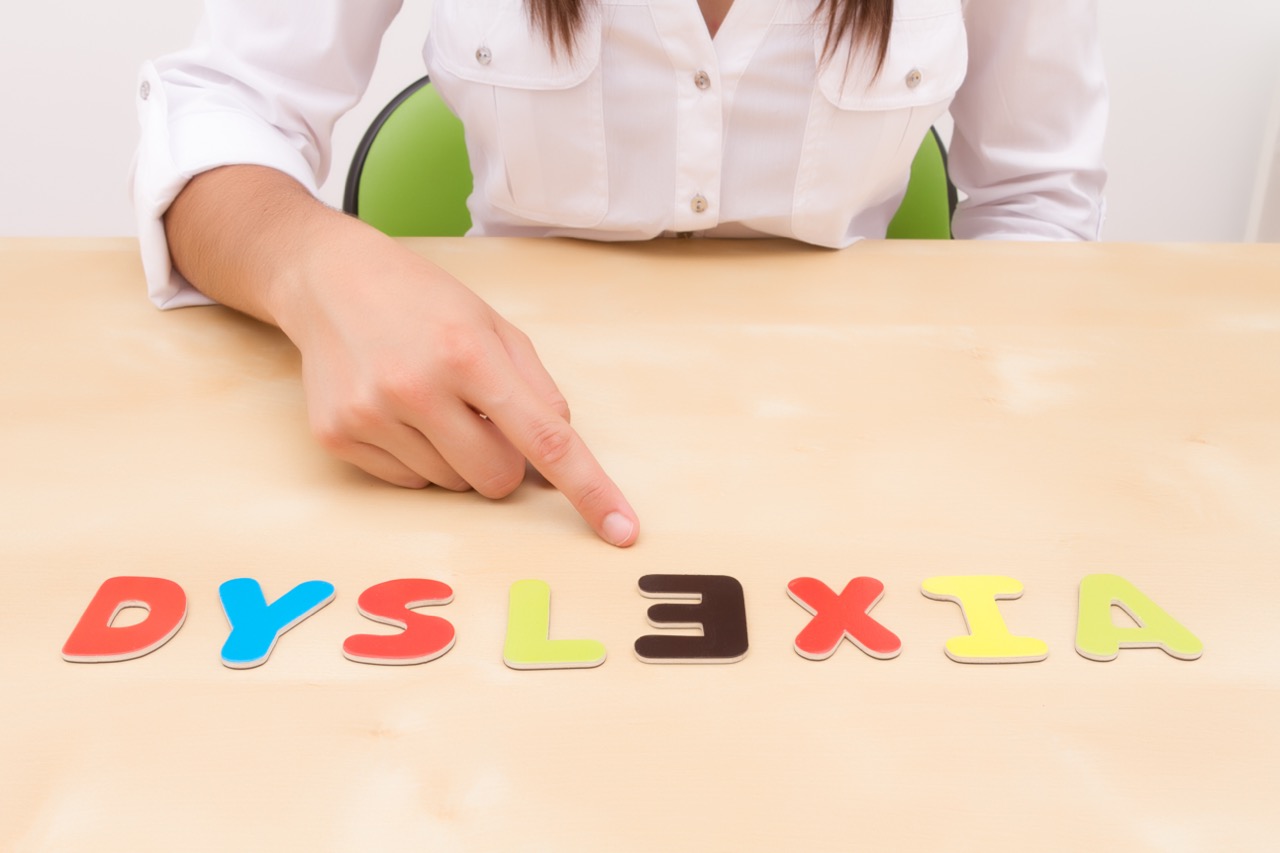What is Dyslexia?
We wrote this blog post to share insights about dyslexia, introducing its characteristics, signs, and symptoms while providing valuable strategies to empower your child at home and in school. As surprising as this may be, most families we help don’t completely understand their child’s struggle when they first find us. We believe we must educate children and adults to understand reading struggles better.
We are here as an open resource to help you gain a deeper understanding of dyslexia and to equip you with the tools needed to support your child on their unique journey. Dyslexia, though it presents challenges, is NOT a lifelong limitation. With the right interventions and instructors, we are confident that we can work together to create a bright future for your child, where reading and writing become accessible and empowering rather than obstacles.

Testimonial from an Eardley Education parent
“Before starting with Eardley Education, Jason would hide when we brought out a book to read. Last week we caught him reading under his covers. Do you. know how hard it is to stick to a bedtime when they’re reading with a flashlight? Truly incredible.”
-Monica F, a parent
- Prevalence: Dyslexia is a common learning disability, affecting an estimated 5-10% of the population (Peterson & Pennington, 2015).
- Neurological basis: Dyslexia is a neurological condition that primarily impacts reading, writing, and spelling abilities, with research showing differences in the neural circuitry of the brain, specifically in areas responsible for language processing (Richlan, Kronbichler, & Wimmer, 2011).
- Language-based disorder: Dyslexia is a language-based learning disorder, making it challenging for individuals to recognize and decode written words due to phonological and visual processing difficulties (Vellutino, Fletcher, Snowling, & Scanlon, 2004).
- Individual differences: Dyslexia varies among individuals, with some experiencing more phonetic, visual, or a combination of difficulties, despite having similar reading fluency levels. Research has shown that the severity and nature of dyslexia can differ significantly among individuals (Shaywitz & Shaywitz, 2005).
Common Misconceptions about Dyslexia:
- Dyslexia is just about reversing letters: Dyslexia primarily affects phonological and visual processing, making recognizing and decoding written words challenging. Letter reversal is only one of the many symptoms and does not define the condition (Goswami, 2011).
- Dyslexia is a vision problem: Dyslexia is not a vision problem but a difference in how the brain processes written language. Research has shown that dyslexia is related to differences in the neural circuitry of the brain, specifically in areas responsible for language processing (Richlan, Kronbichler, & Wimmer, 2011).
- Dyslexia is a sign of low intelligence: Dyslexia is unrelated to intelligence. People with dyslexia have average or above-average intelligence but struggle with specific aspects of reading, writing, and spelling due to differences in how their brains process language (Shaywitz et al., 2008).
- Dyslexia only affects reading: Dyslexia primarily impacts reading, writing, and spelling, but it can also affect related areas such as math, memorization, and organization. Research has shown that individuals with dyslexia might struggle with number facts, sequences, or word problems, which can impact their academic performance (Landerl, Bevan, & Butterworth, 2004).
- Dyslexia can be outgrown: Dyslexia is a lifelong condition that cannot be outgrown but can be overcome with the proper intervention with the right intensity. Research supports that early intervention, appropriate strategies, and support can help individuals with dyslexia manage their challenges and achieve academic and personal success (Galuschka, Ise, Krick, & Schulte-Körne, 2014).
- Only boys have dyslexia: Dyslexia affects both boys and girls. Studies suggest that the difference in identification rates between boys and girls may be due to differences in referral patterns or diagnostic criteria rather than an actual difference in prevalence between the sexes (Shaywitz, Shaywitz, Fletcher, & Escobar, 1990).
Conclusion:
In conclusion, understanding the true nature of dyslexia and debunking common misconceptions can empower individuals and their families to seek the support they need. By addressing their real needs through appropriate interventions, individuals with dyslexia can overcome challenges and achieve academic and personal success. If you or someone you know is struggling with reading, writing, or spelling, do not hesitate to seek evaluation and begin addressing these challenges today. With the right support and determination, dyslexia does not have to define an individual’s future.
References:


